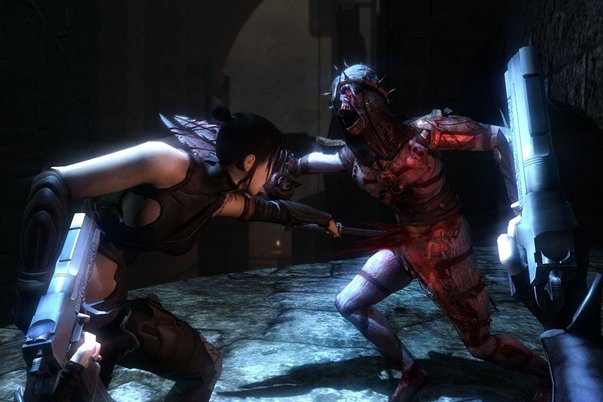Experimental narrative structures in games
Literary concepts and dynamic perspectives can make games better
Ambiguity
Imagine that the in-game character you’ve embodied is speaking to another character, which you have come to know well within the game. An imperceptible transition occurs, and seconds later you are speaking to the character you thought you were playing as. This disorienting “switching” could be maintained for the entirety of the game, if the story was capable of holding it together.
To be more clear: we aren’t suggesting that this technique be used as a plot device, as in Clive Barker’s Jericho, in which the main character becomes a “spirit” and is able to enter and exit the bodies of his cohorts at will. We are suggesting it as a literary technique (the plot device has been old for ages). It is the ability to seamlessly experience the inner motivations of multiple characters, and the experience of suddenly becoming a new character, with no warning or explanation may also be the jolt needed to draw a player into the story.

Above: When used as a plot device, as in Jericho, POV switching tends to become stale
Many games force the player to switch characters between levels to experience the game from multiple points of view. However, the switching isn’t seamless, nor does it create a feeling of ambiguity. We are generally aware when we are playing as a primary character and when we are playing as a secondary character. An ambiguous perspective keeps the player on his toes. He may become the antagonist only seconds after having been the protagonist, and the desired effect is to build a story in which the player does not identify with any singular character as “himself,” but is instead invested in the whole narrative experience.
Weekly digests, tales from the communities you love, and more



